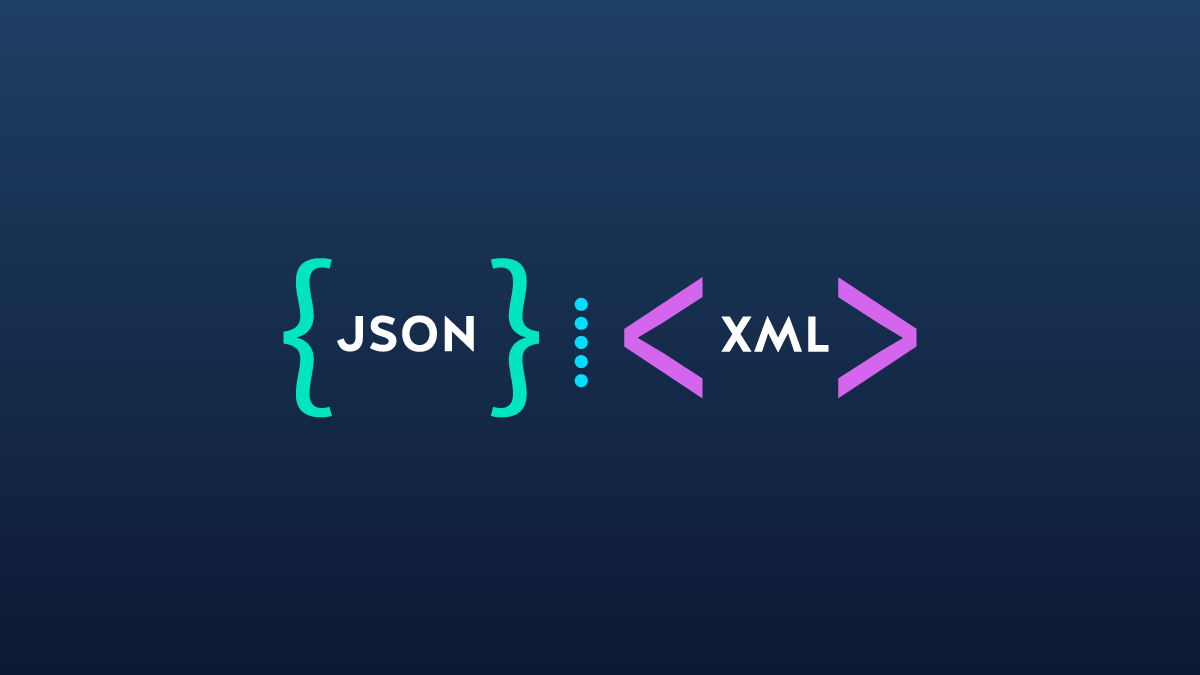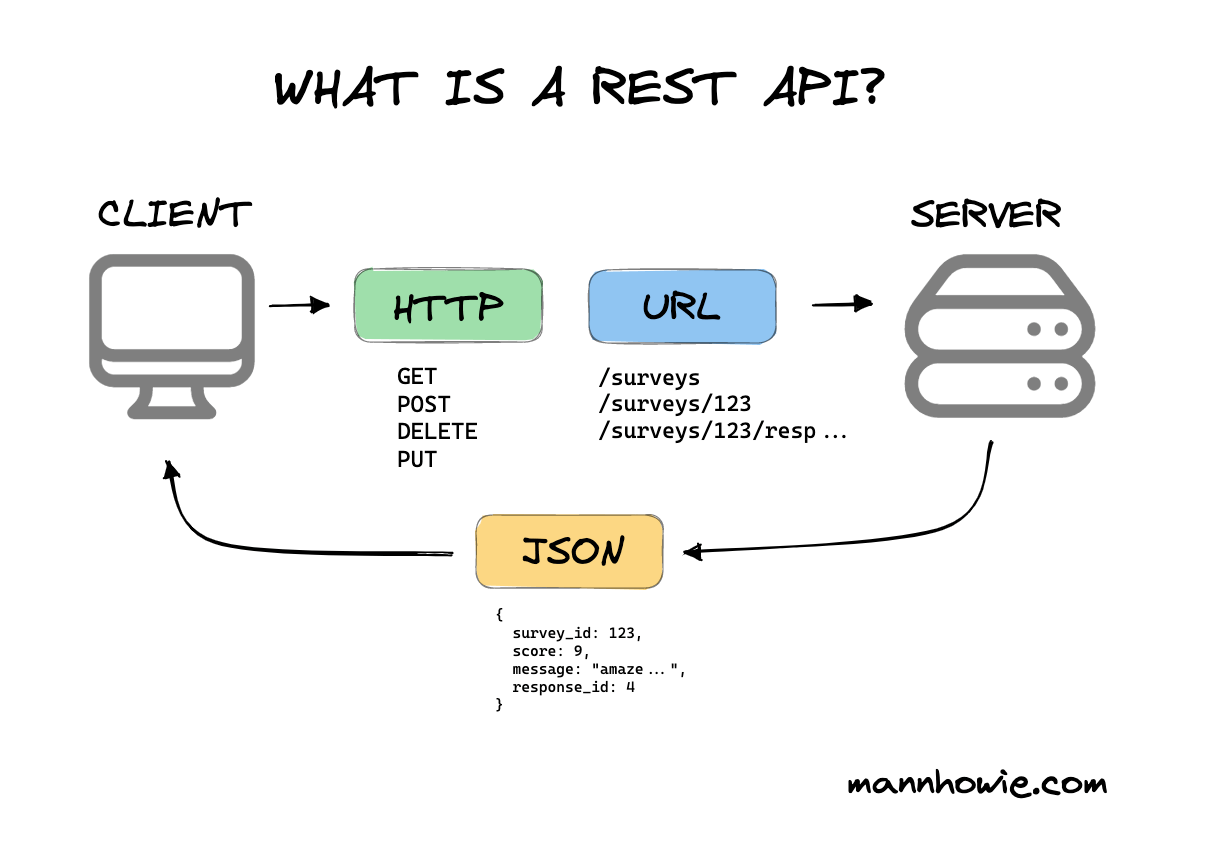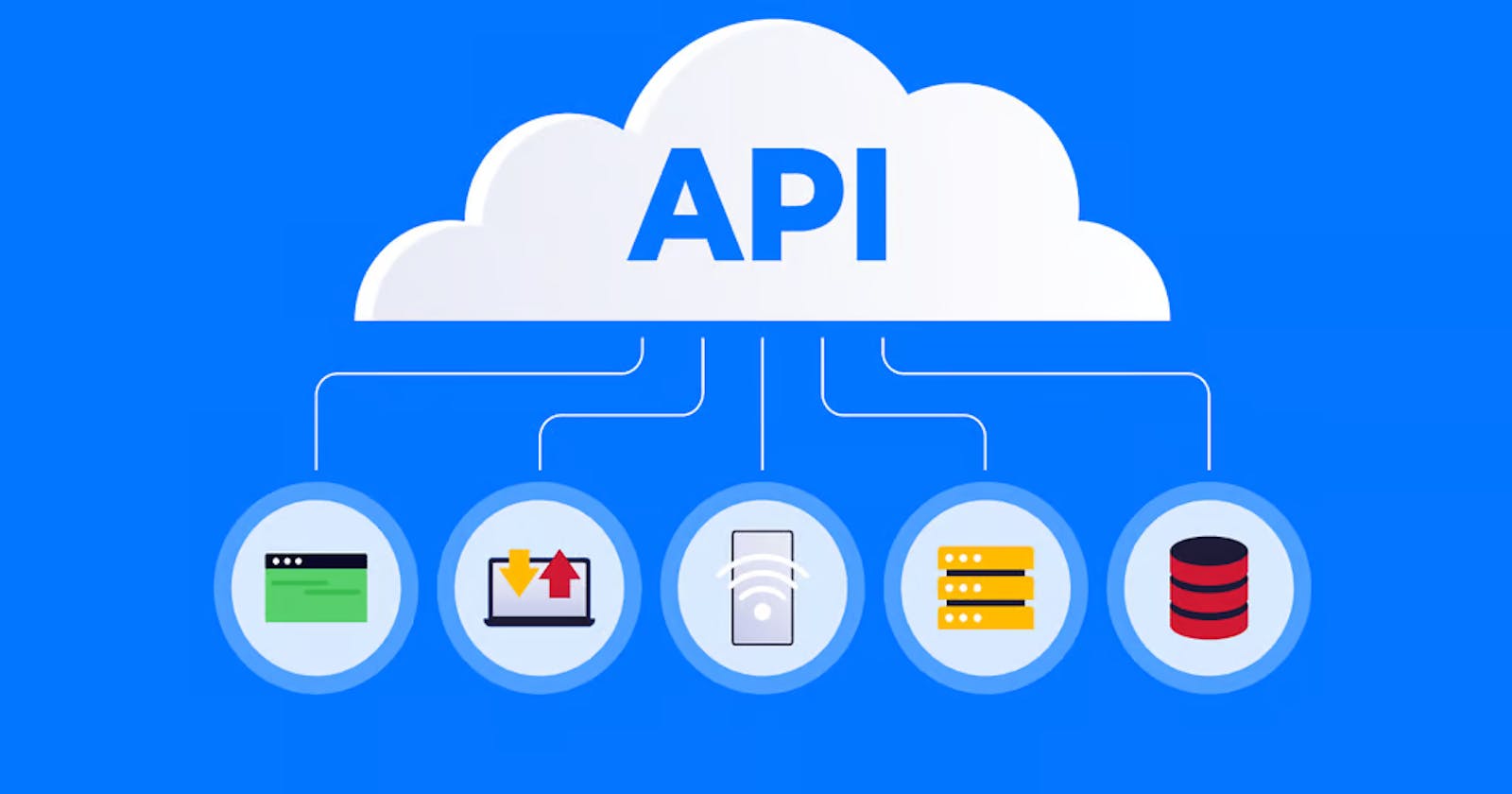Have you ever wondered how different apps and systems seamlessly communicate and exchange data? That's where APIs (Application Programming Interfaces) come into play. APIs act as the intermediaries, enabling data flow between various applications and systems, just like a mail delivery service. In this blog, we'll unravel the mystery behind APIs, including web APIs, RESTful APIs, and SOAP APIs, using everyday analogies to make it easy for anyone to understand. So, let's dive in and embark on an exciting journey into the world of APIs!
What Are APIs and How Do They Work?
Imagine you're at a restaurant, and you want to place an order. You communicate your order to the waiter, who acts as the API in this scenario. The waiter takes your request (the API call) and relays it to the kitchen (the system or application). Once the kitchen has prepared your order, the waiter delivers the food back to you (the API response). APIs work similarly by establishing a connection between different apps or systems, enabling them to exchange data efficiently.

Web APIs - The Internet's Universal Language
Web APIs are like universal translators, allowing different apps and systems to understand each other's languages. Think of them as language interpreters at a bustling international conference. Just as interpreters help people from different countries communicate, web APIs enable different applications to understand and interact with each other over the internet. They utilize protocols such as HTTP (Hypertext Transfer Protocol) to ensure smooth communication and exchange data in widely accepted formats like JSON (JavaScript Object Notation) or XML (eXtensible Markup Language).

RESTful APIs - Building Blocks for Web Applications
Let's say you're building a house. RESTful APIs act as the building blocks, providing a structured and organized framework for constructing web applications. Picture each room in your house as a resource, and the RESTful API as the blueprint that guides the construction process. You can manipulate these resources (rooms) by sending requests, such as GET (retrieve data), POST (create new data), PUT (update data), or DELETE (remove data). RESTful APIs follow a set of architectural principles, making them widely used and popular for building scalable and efficient web applications.

SOAP APIs - Reliable Communication Channels
Imagine you're sending an important package through the mail. SOAP APIs can be likened to registered mail services, offering a secure and reliable communication channel. SOAP (Simple Object Access Protocol) provides a strict set of rules for structuring messages, just like the standardized packaging and documentation required for registered mail. It ensures that the data exchange is secure, even across different platforms and programming languages. SOAP APIs are commonly used in enterprise-level applications where reliability and adherence to strict protocols are critical.

Real-World Analogies for API Request and Response Flow
To understand how APIs facilitate the exchange of data, let's look at some real-world analogies. Imagine you're ordering a pizza online. You select your toppings, crust type, and provide your address. This order is your API request, containing all the necessary information. The pizza restaurant receives your request, prepares the pizza, and sends it back to you. The piping-hot pizza arriving at your doorstep is the API response, containing the data you requested. APIs follow a similar request and response flow, ensuring that information is sent and received accurately.
Congratulations! You've successfully journeyed through the world of APIs, understanding web APIs, RESTful APIs, and SOAP APIs. APIs act as bridges, connecting different applications and systems to facilitate seamless data exchange, just like waiters, interpreters, and registered mail services.

